SAMBAH
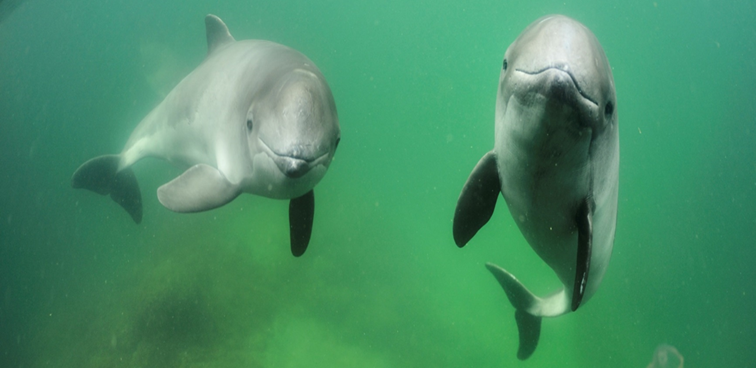
SAMBAH processed 11,000 TB of data at sea and brought 400 years of data to shore.
The findings transformed the scientific and policy basis of management of the severely depleted population of Baltic Sea Harbour Porpoises
Marine Wind Power
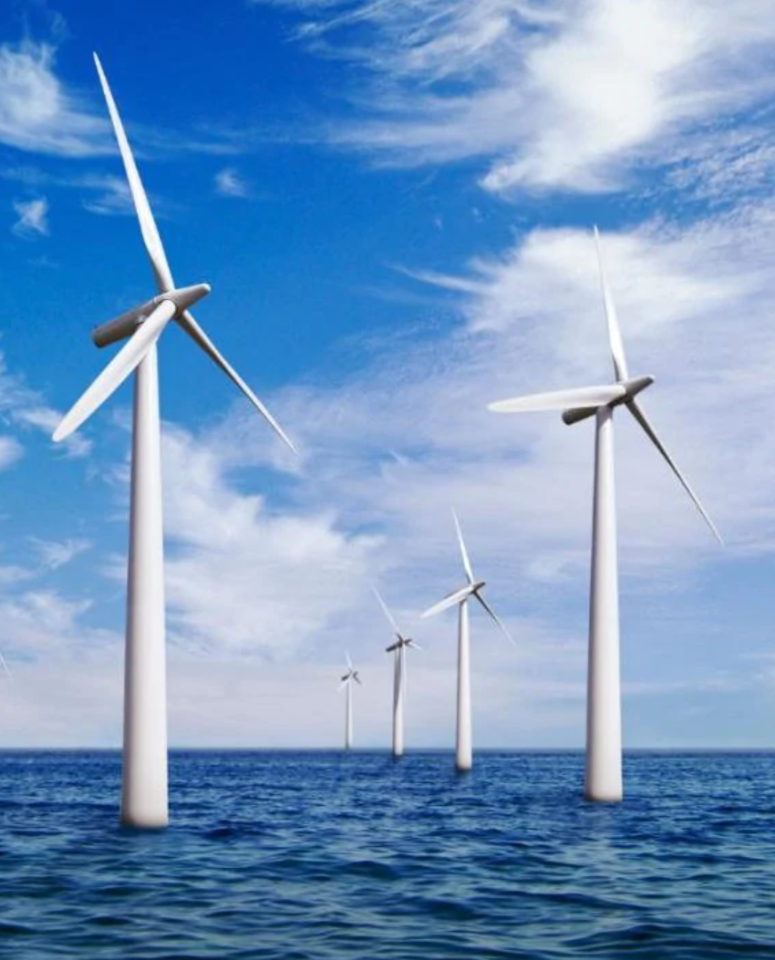
Driving the foundations of turbine towers is extremely noisy.
POD data showed the unexpected range of displacement of porpoises.
A tough challenge
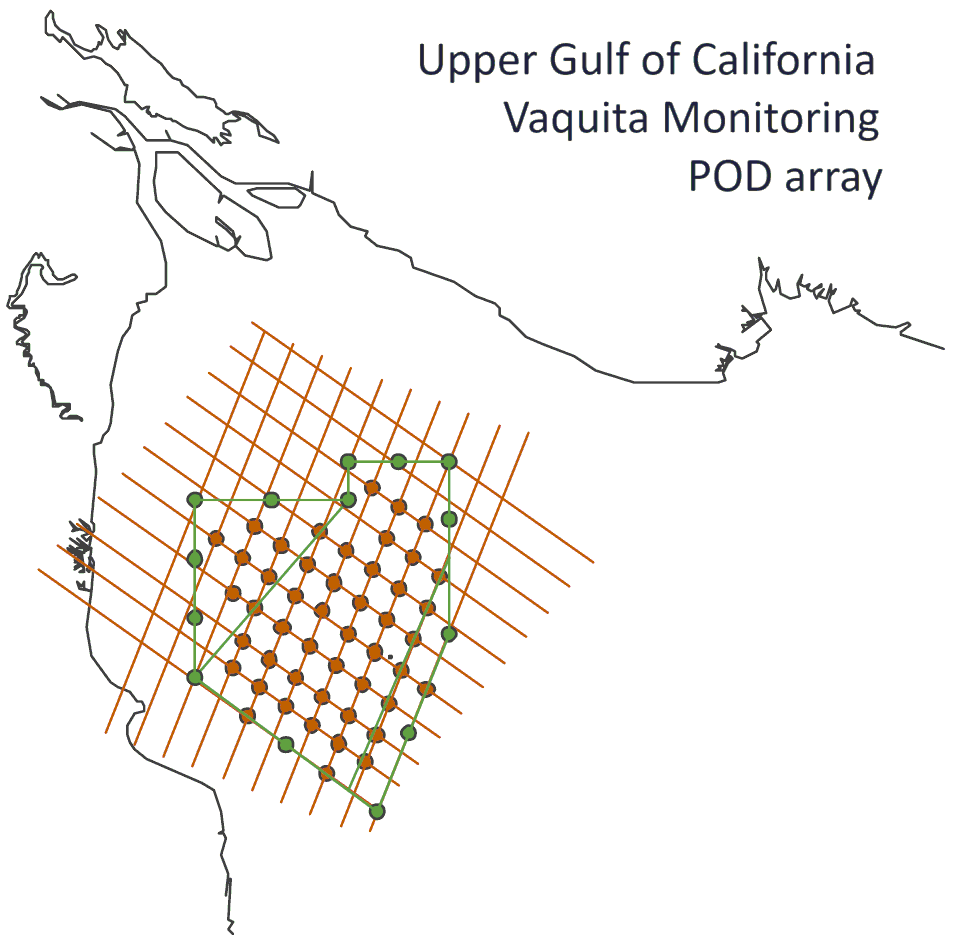
The toughest environment for acoustic monitoring has high levels of noise and sound sources resembling the target.
This array successfully monitored the Vaquita - the most critically endangered of the world's 7 species of porpoise.
Can pingers reduce cetacean bycatch?
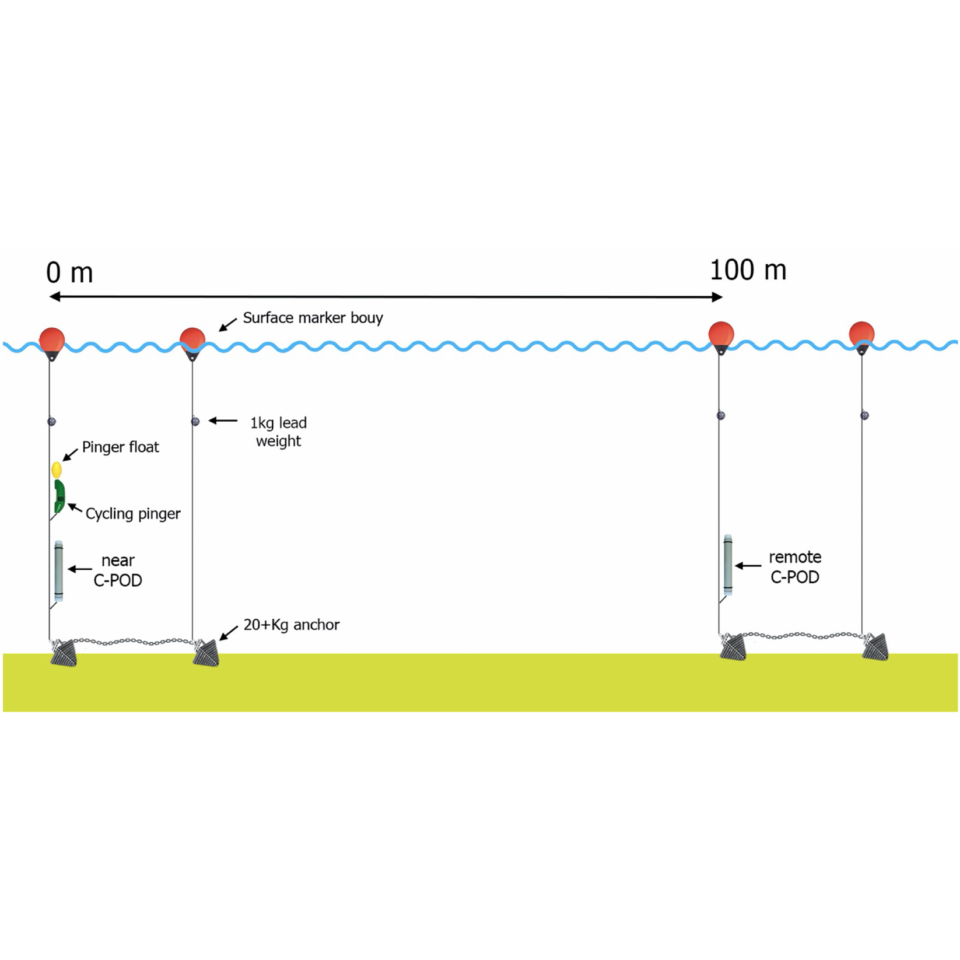
Habituation is a big worry with pingers to keep cetaceans away from fishing gear.
A low cost and accurate first step is to record porpoise and dolphin activity around an active pinger over many months.
CATT - a cheaper way to monitor trends?
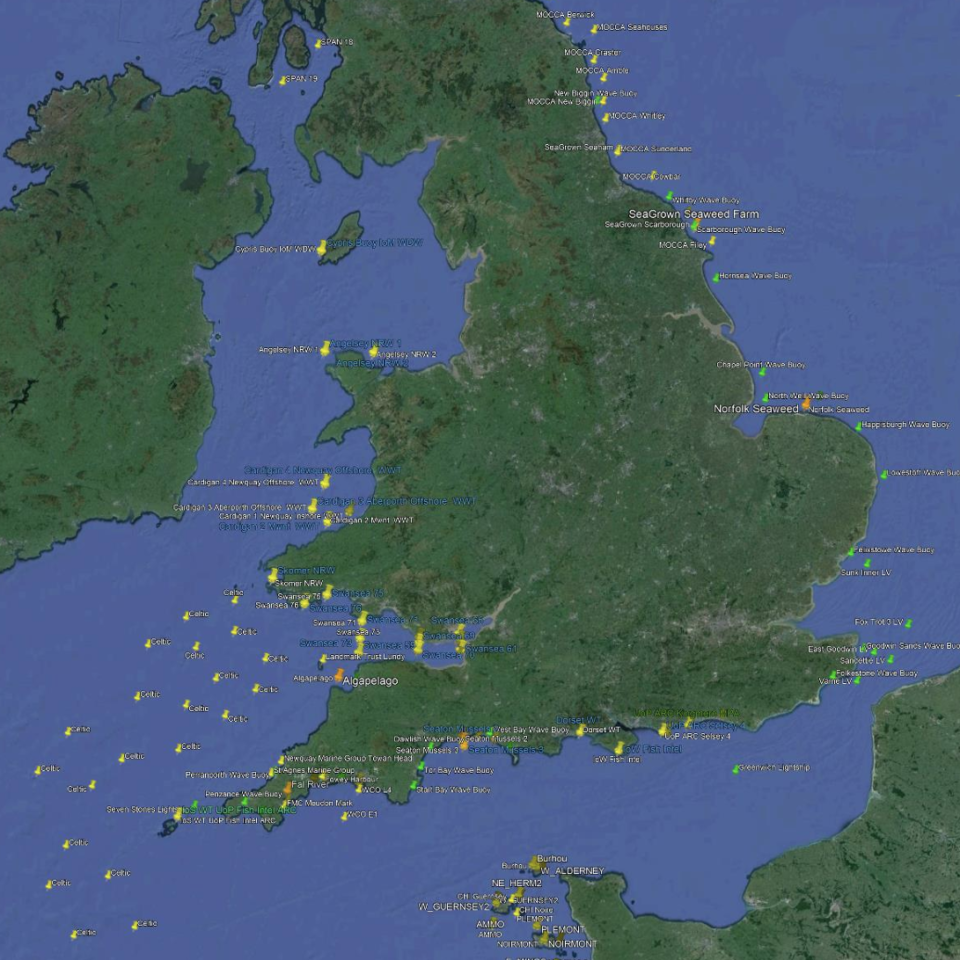
Cetacean Acoustic Trend Tracking (CATT) is potentially a very efficient way of discovering what is happening to coastal cetacean populations.
The Vaquita monitoring demonstrated the power of this approach. Now we are exploring different and wider applications.
Do dolphins use very diverse communication?
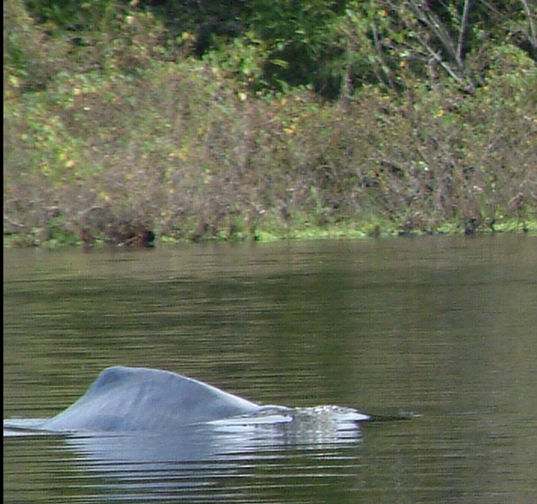
The quiet waters of the Amazon conceal an amazing repertoire of highly directional communication by the Boto using clicks.
It seems the message is in the click rate, and that can reach 1800 clicks per second with a great range of click rate profiles.
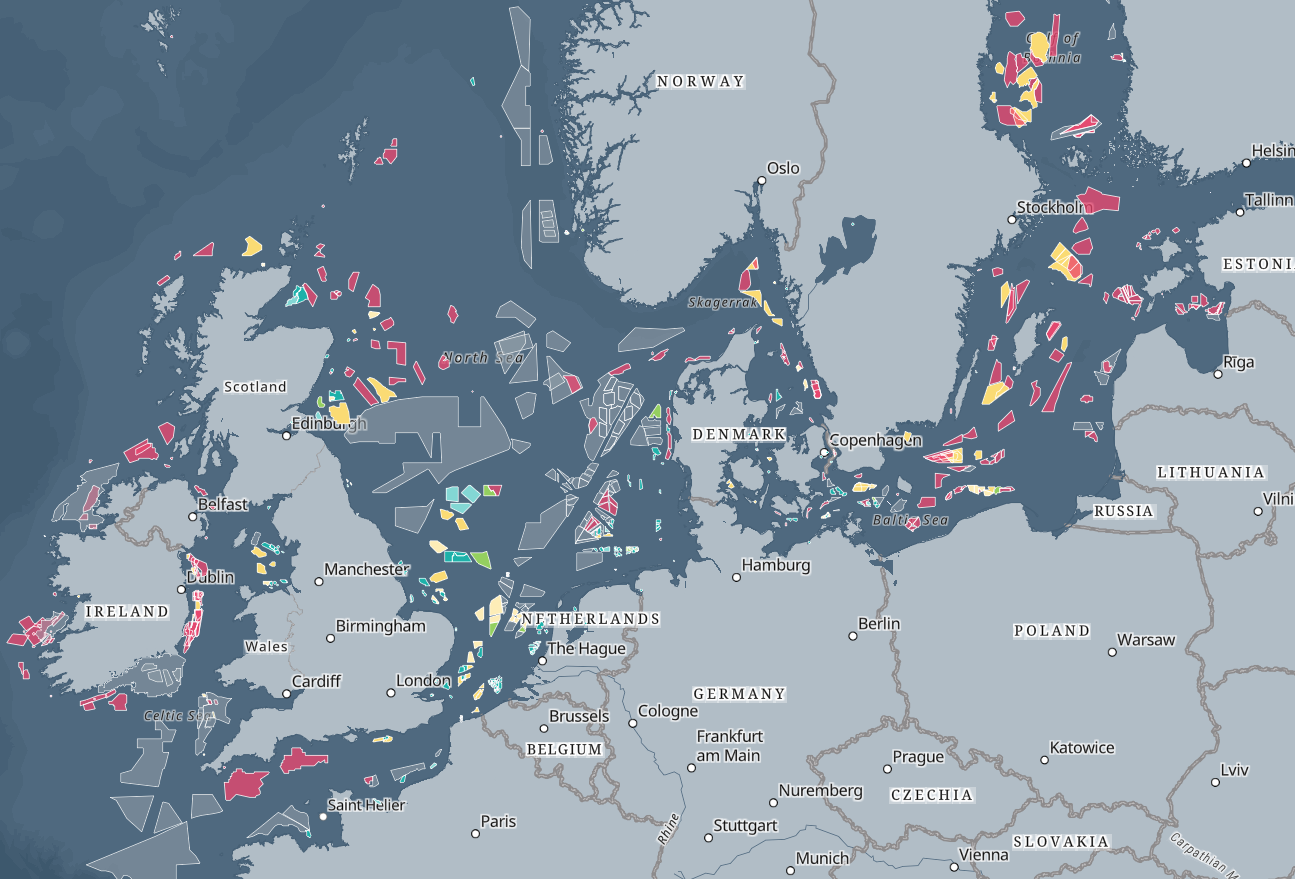
Future CATT online implementation?
The huge array of offshore wind installations could solve the biggest problem in cetacean acoustic trend tracking: how to get cost-effective deployments at the same sites over many years.
This would require small rig modifications to hold the F-POD, plus solar power and data streaming.
All are feasible in the near future, so the key gap is a driving force behind achieving this.